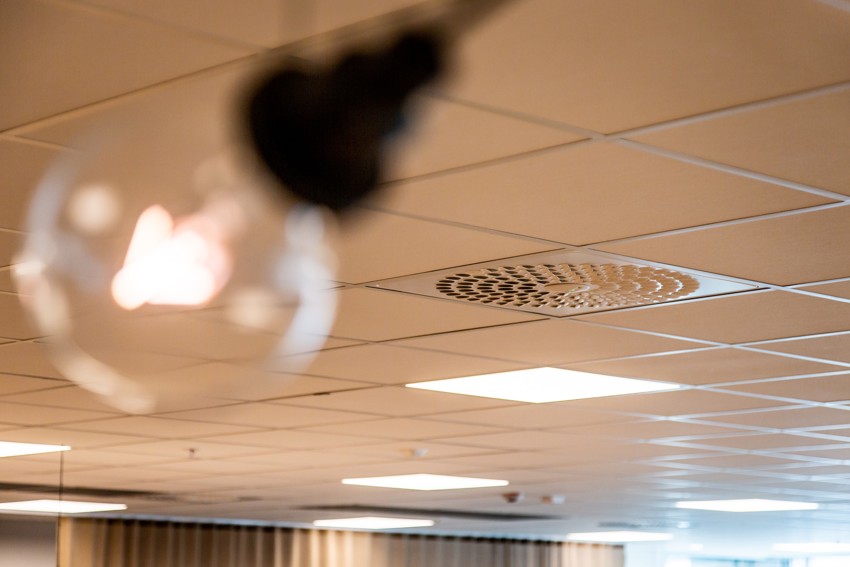Buildings have a long life
A tenant is only willing to stay in, and pay for, an office space as long as it delivers on set expectations. Often is one of those expectations the indoor climate. With that said, and knowing that buildings have a long life, it is necessary to design a solution for ventilation, heating and cooling to both suit the needs today as well as possible demands in the future. This section of our office guide will indicate that adaptability is key.
Think adaptability already in the initial stages
At the beginning of a construction project it is most often specified what the building will be used for, what activities will take place inside and what occupancy patterns to expect. But buildings raised today will be standing for several years and the use will most likely change over time. It is therefore important to carefully consider flexibility and adaptability already in the intital stages, for new-builds as well as renovations, to make sure that the rentable space is attractive for many years to come.
Flexibility is though not to choose products and systems of greatest size and capacity, or of simple and general design. An oversized solution will lead to unnecessarily large investments and expensive operating costs, and product selections aimed to suit all possible needs in the future will fail to offer an indoor climate for tenants to be willing to stay, and pay.
Control systems and updates for long-term operation
The approximate lifetime of good standard units for ventilation, heating and cooling (HVAC) is twenty some years. It is highly unlikely that a replacement of some of the installed units would take place only to suit new needs of new tenants. But during the lifetime of those units, the building has probably gotten new tenants a few times. New tenants with new demands and expectations. With that said, it is recommended to look for HVAC units with well developed control systems that allow for easy adjustments to suit the changing requirements.
It is also suggested to chose units that can be both physically and digitally updated. A prolonged life of a unit will be the means to a number of ends, not the least to minimise the risk of unhappy tenants due to a poor indoor climate or long-lasting substantial maintenance procedures.
Supply and extract air
When the activity, occupancy and use of a building or single room changes, the requirements inside may change too. The way the supply air is introduced and how used air is extracted plays a significant role when creating a productive and comfortable indoor climate.
Well-advised choices in regards to the above can be made with a bit of knowledge about the most common ventilation principles. Worth knowing, is that there are indoor applications where one or the other principle is well recommended, but there are also cases where any principle will do. In the latter case, it will be the specific requirements, and perhaps expected future use of the building, that will impact the decision.
TO OUR TECHNICAL GUIDE ABOUT VENTILATION PRINCIPLES
Adjustable units inside the room
There are further choices to make inside the room. Supply air products with great flexibility and adaptability is not only beneficial for creating the perfect indoor climate at the time, adaptable products are also enabling easy adjustments when the use of the building changes.
To exemplify, our Swegon PARASOL hydronic unit is a climate module which, thanks to its four way air supply, has a large working range and hence can enable a good indoor climate in many different use scenarios. Further, many diffusers in our range of airborne products are beneficial thanks to their adoptable characteristics. For instance, by changing the direction of nozzles, different air distribution patterns can be created to suit the use of a room today as well as tomorrow.
Learn more about how air can be introduced into a room
Flexibility and adaptability in our reference case
Developments for the future
Most products develop over time. Sometimes to better meet customer expectations, at other times to improve functionality and fairly often to adjust to new external conditions, such as new regulations or new external impacts. This occurs also in the industry of ventilation, heating and cooling (HVAC), and at a quite rapid pace. With that said, when HVAC solutions are designed, we recommend that clear considerations are made to how selected units fit into today's and tomorrow's contexts of e.g regulations, usable energy sources and customer expectations. An example can be the recent developments of heat pumps and natural refrigerants, read more in our experts' blogs below.